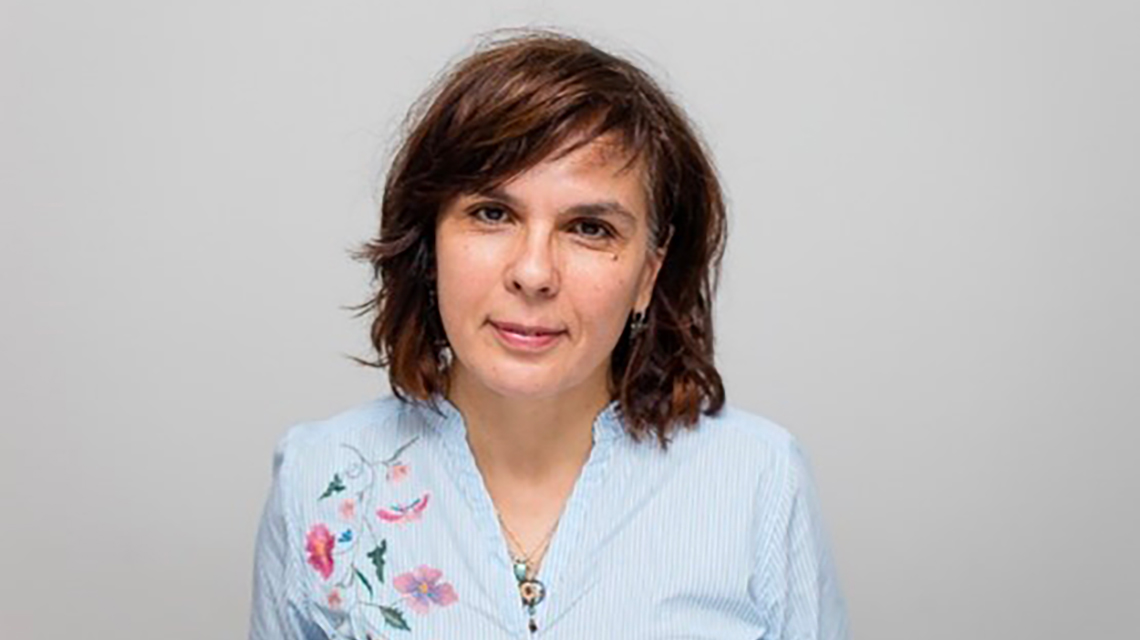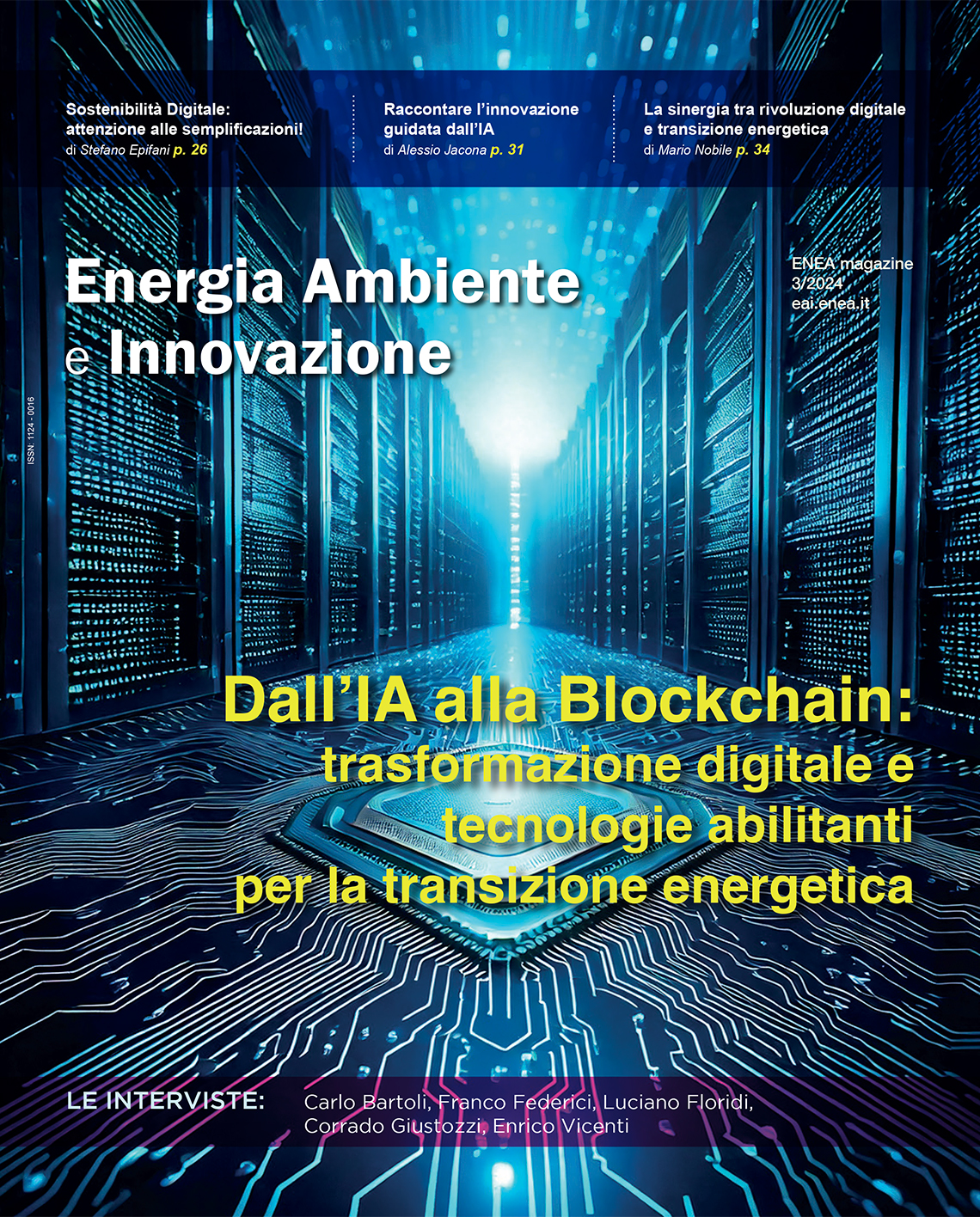
Central to our approach is the integration of renewables and electrification of the economy
Interview with Norela Constantinescu Head of Innovation Section with ENTSO-E
Today, over 50% of the world's population lives in cities which consume up to 80% of the world's energy and concentrate in their territories over 50% of global waste, 75% of natural resource consumption and 80% of global emissions. What is the vision of ENTSO-E for a Carbon-Neutral Europe and what are the key points of the ENTSO-E Strategic Roadmap 2023 – 2025?
Two years ago, we embarked on a journey to outline our vision for a carbon-neutral economy. Central to our approach was renewable integration and the electrification of the economy. This pivotal step not only hinged on the integration of renewables but also by electrification of consumption through the use of electric vehicles and heat pumps, all of which introduce variability into the system. Balancing this variability on both the supply and demand sides is imperative for maintaining a consistent equilibrium in electricity supply and demand. So, our primary objective was to emphasize the importance of energy system flexibility.
The second element, from an electricity system perspective, is related to the integration of millions of assets that posed a significant challenge. With renewables primarily distributed, we faced the dual challenge of automation integration and the utilization of artificial intelligence for decision-making. Additionally, we must manage all the inverters-based sources coming from generation or consumption. So, the paradigm shift brought about by the loss of system inertia necessitated new measures for stability management to ensure the system's stability across all time frames.
Furthermore, ensuring the adequacy of grid infrastructure is paramount. While leveraging existing grids is essential, it became evident that a more efficient and smarter utilization is imperative. And even more the ambitious deployment of renewables necessitates significant grid reinforcement and extension and related investments, both at the transmission and distribution levels.
The fourth element I'll mention is the markets which recently followed a reform process in response to concerns in Ukraine. This was prompted by escalating gas prices and the necessity to reshape the market away from reliance solely on gas sector capacities.
In terms of present work, we have worked out on our legal mandates to ensure continuous electricity supply, particularly in urban areas, through extensive regulations, network codes, and rules. However, we must also consider the future, marked by a significant increase in offshore wind power capacity and a tripling of renewables by 2035, alongside rapid electrification. This necessitates revising existing rules to ensure the security of Europe's electricity supply while integrating renewables and managing electrification.
Hence, as we stated in ENTSO-E Strategic Roadmap 2023 – 2025, we focus on both preparing for the future and managing the present, aligning with the four major building blocks mentioned earlier. Additionally, innovation plays a crucial role in anticipating future needs. However, we operate within an existing system that has been in place for over a century. Hence, we need to address market and operational efficiency, regional coordination, system operations, and make use of the platforms we've developed to adapt to the evolving energy landscape.
The policies for the energy transition require a paradigm shift that implements a radical transformation in the management of transmission and distribution infrastructures and cities, also actively involving producers and consumers, to reduce the consumption of primary energy from fossil fuels, safeguarding socioeconomic well-being. What is the current situation and how are energy policies evolving?
Targets for energy efficiency and renewables by 2030 are more ambitions than before Ukraine crisis. Various measures were implemented during the Ukrainian crisis to reduce dependency on gas. Initiatives like RepowerEU focused on accelerating the deployment of renewables, electrifying heating, cooling, and transport sectors. Ambitious targets were set for CO2 reduction, along with regulations to minimize the environmental impact of substances like fluorinated gases or lead which are found in various equipment, including cables.
These developments have highlighted the importance of upgrading transmission and distribution infrastructures. With the integration of renewables, especially offshore developments, new capacities will be needed. Our calculations suggest that by 2050, transmission alone will require an investment of €700 billion. Such substantial investments call for regulatory changes and innovative financing approaches.
On the distribution side, the focus is on integrating distributed renewables and rapidly deploying electromobility. This underscores the need for enhanced connection capacities at both transmission and distribution levels. Anticipatory investments are crucial, given the long lead times required for infrastructure deployment. Utilizing existing infrastructure more effectively is key, including measures to improve stability management and the use of digital solutions for grid optimization.
Transmission System Operators (TSOs) and Distribution System Operators (DSOs) collaborate to identify flexibility needs and develop markets where distributed resources can participate. This involves coordination on balancing, ancillary services, and the development of schemes for optimal coordination between TSOs and DSOs, particularly in fostering innovation.
Considering the previous question, what would be necessary in your opinion and your experience?
I mentioned the necessity for this forward-looking investment. There's also a need to promote the implementation of the intelligent solutions. And naturally, we have the regulatory frameworks currently in place for both Transmission System Operators (TSOs) and Distribution System Operators (DSOs) which need to evolve by taking into account the capital (CapEx) and operational expenditure (OpEx), with digital solutions typically falling more into the OpEx category. There's the perspective of cost-benefit analysis, but the deployment of such solutions should focus more on the benefits rather than the costs. However, there's a hesitance to implement them because they could disrupt the existing rules, alongside the presence of legacy solutions. Hence, the benefits must be prioritized, considering the consumers. This is another aspect I would like to highlight.
Moving on to the third element, related to financing, how can we ensure that financing at these significant levels and within this short timeframe occurs? When such substantial investments enter the mainstream within a very short period, the perception of the value in terms of financing for that company can be somewhat disruptive.
Additionally, we currently face challenges such as supply chain disruptions, conflicts, and the pandemic, which have created bottlenecks. On one hand, we have ambitious targets for the integration of renewables, but on the other hand, this has led to distortions, where suppliers hold the advantage over buyers. Therefore, we find ourselves in a situation where we need to address supply chain bottlenecks by easing requirements for manufacturers and promoting more standardization, interoperability and harmonization of requirements while remaining opened for the innovation.
The digitalisation of the energy sector is crucial to promote the integration of renewable energy sources and reduce dependence on fossil fuels, while maintaining the security of energy networks. What are the current challenges for promoting of the energy transition and which strategies do you think should be adopted to overcome them? what innovations do you think the energy transition needs?
Two years ago, the European Commission launched the EU Action Plan for the Digitalization of the Energy System, identifying Transmission System Operators (TSOs) and Distribution System Operators (DSOs) as key players in this transformation. Currently, we are collaborating with EU DSO entity on this matter. Our focus lies on developing the concept of the digital twin of the power system. This initiative entails addressing five key areas. Firstly, from a digital perspective, we aim to facilitate flexibility by establishing platforms to access distributed flexibility resources and integrate with other sectors. This involves implementing different architectures, data models, ensuring interoperability, and more. Secondly, we need to enhance observability and controllability. This includes installing sensors, managing data flow to control centers, and improving visibility of distribution networks to synchronize with transmission systems effectively. The third area involves refining planning processes. While TSOs have their ten-year network development plans, there's a lack of visibility at the distribution level. Digital solutions should enable better predictability, considering factors such as renewable energy deployment and electrification.
Furthermore, integrating resilience into both system operation and planning is crucial.
As we anticipate extreme climate conditions and various hazards, resilience becomes paramount to ensure the stability of the grid. Lastly, coordination schemes between TSOs, DSOs, and customers must be strengthened. Our digital approach involves structuring these layers to create a seamless experience for customers, offering them services without burdening them with technical details.
Do you believe that Europe can assume a leadership role in technological innovation related to the enabling components of the energy transition, thereby improving European competitiveness in the energy sector? And what would be the benefits for the end users?
I believe that Europe is likely leading in certain areas, particularly in technological advancements within the renewable energy sector although the focus has shifted towards China for solar technology. Nonetheless, Europe may still be at the forefront of offshore developments. Although, there is a concern that this competitive advantage could be diminishing. Where Europe truly excels is in the complexity of its integrated systems. Particularly, in terms of managing flexibility, Europe seems to be ahead of the curve.
The approach to integrating flexibility to accommodate renewable energy sources is unmatched elsewhere in the world. While other regions may adopt similar strategies, the complexity and effectiveness of Europe's systems are unparalleled. In terms of technology, it's more challenging to determine clear leadership. However, Europe is striving to align with the United States' approach, such as through initiatives like the net-zero act, which emphasizes the use of European equipment and components while prioritizing sustainability criteria.

